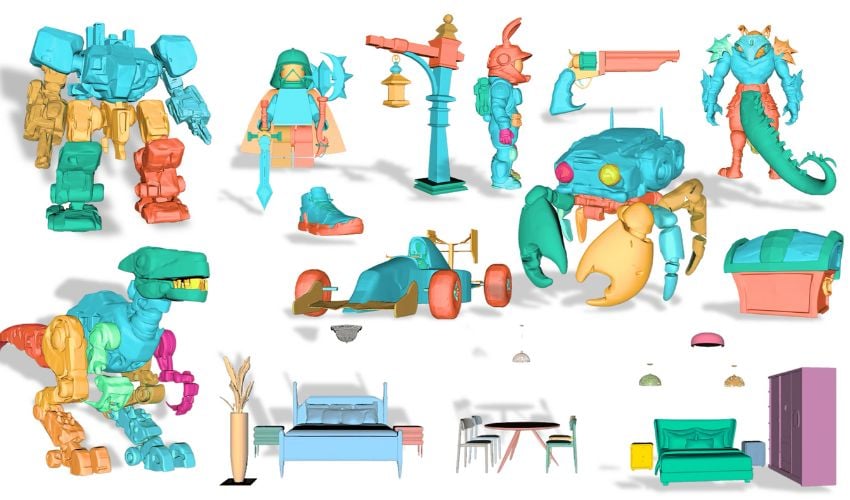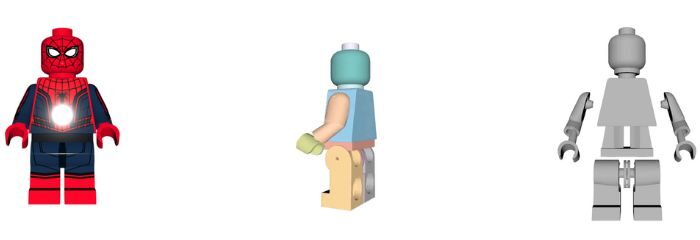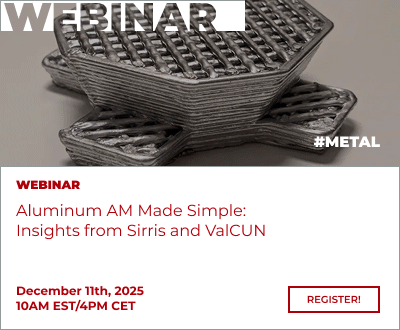PartCrafter: The 3D Mesh Generator Powered by Artificial Intelligence

Once again, artificial intelligence is proving its worth in the 3D printing sector. A team has used AI to develop a 3D model generator capable of synthesizing multiple 3D meshes of different geometries from a single RGB image. Called PartCrafter, this tool can generate highly complex models from a 2D illustration. The potential for additive manufacturing is considerable: if the platform meets its promises, we could 3D print various components of an object without having to model it.
Designing a 3D model is a crucial step in the additive manufacturing workflow; it’s the starting point of any project. And it’s often fraught with obstacles and can be very time-consuming. Many alternatives exist today, such as uploading a 3D file to a dedicated platform. But for many 3D printing users, knowing how to model their own part is essential. How can you save time and be more efficient? How can you reduce the risk of errors? It would seem that PartCrafter provides some answers – perhaps only partial ones, but it’s a good start.
.

Example of an object processed by the tool
How Does PartCrafter Work?
In concrete terms, PartCrafter is an open-source platform devised by a team from Peking University, Carnegie Mellon University in the USA and ByteDance. Users begin by uploading a 2D image, which the tool then deconstructs into 3D segments. It draws on an extensive database to understand the very structure of an image. According to the platform, they select a data set by combining several sources, which gives them 130,000 3D objects, 100,000 of which contain several parts. Then, they refine this dataset by filtering it based on texture quality, number of parts and average intersection between parts and union (IoU) to ensure high-quality supervision. The resulting dataset comprises around 50,000 tagged objects and 300,000 individual parts.
PartCrafter is therefore an evolutionary tool that learns as it is fed, just like artificial intelligence. It’s easy to imagine the impact this could have on industries that use additive manufacturing. Why not reproduce a complex aircraft part from a photo? The 3D meshes of its components could then be transformed into 3D printable files.
It’s still too early to say whether the final result will match a model designed on 3D printing software. How precise will it be? What about resolution, and texture? One thing is for sure: the project is attractive and the possibilities are numerous. While we await further developments, you can find out more HERE.
What do you think of Partcrafter? Let us know in a comment below or on our LinkedIn or Facebook pages! Plus, don’t forget to sign up for our free weekly Newsletter to get the latest 3D printing news straight to your inbox. You can also find all our videos on our YouTube channel.








